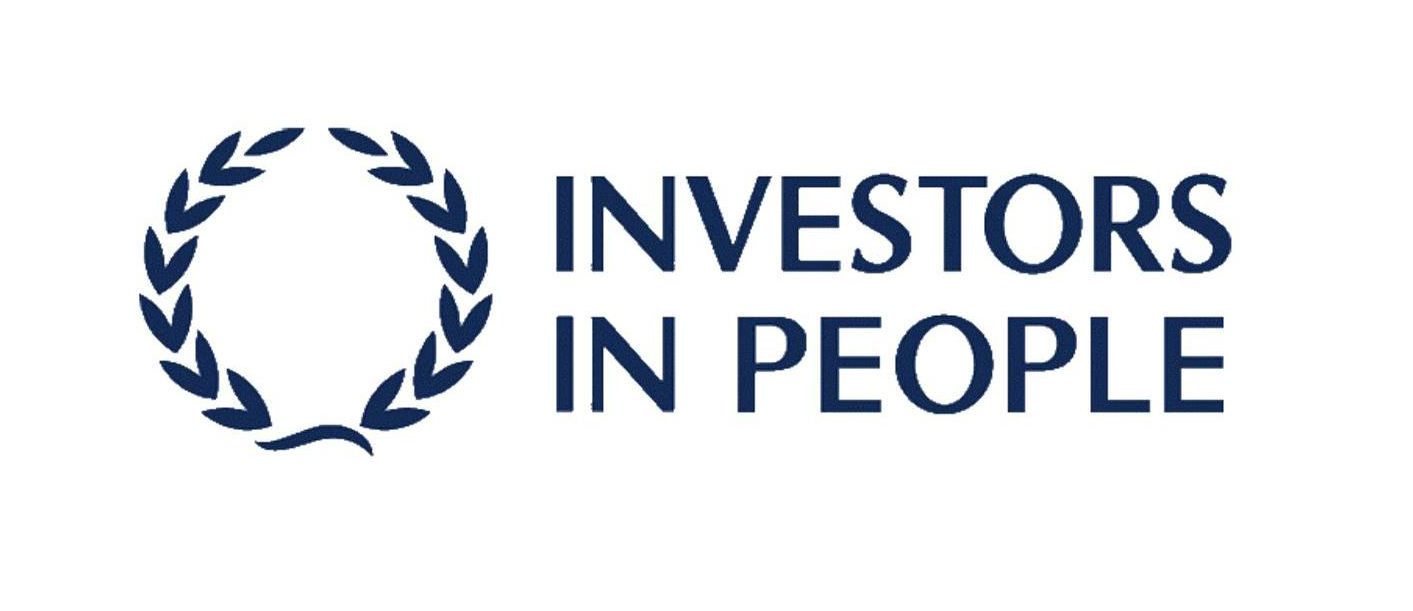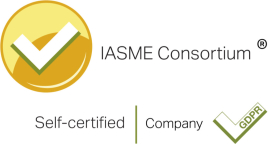
Changes to VAT in the construction industry have been delayed from 1 October 2019 to 1 October 2020.
The date on which the new rules were to come into effect was fast approaching but the original deadline of 1 October, being 30 days before the UK was due to leave the EU, has been extended by 12 months.
Putting aside the distraction that construction businesses have gone through to get ready for these changes, the delay has to be welcome, considering everything else they need to contend with in the coming months.
So with further time to plan, here’s a reminder of the main points:
What does the domestic reverse charge do?
- Effectively, it puts the responsibility for paying VAT over to HMRC on the customer.
- Until the change, that responsibility is with the supplier who raises the invoice and adds VAT to it.
- Going forward both customer and supplier must make certain entries on their VAT returns to record what’s happening.
What is the effect on cash-flow?
- There will be winners and losers.
- Businesses affected will no longer receive the “gross” invoice value from their customers.
- Similarly, they will no longer pay the “gross” invoice value to their suppliers.
- In essence, any cash flow benefit that a business has under the current rules is eliminated under the reverse charge. This could cause issues for some.
- Example:
- Assume a construction service with a value of £1m.
- Presently the sub-contractor would charge their customer £1.2m (£1m plus VAT).
- That sub-contractor would account for the £200k to HMRC.
- Depending on payment terms and commercial agreement it is possible that some sub-contractors would receive the £200k VAT before having to pay it to HMRC.
- Others however, would need to finance the £200k because their VAT payment date falls before they receive payment of their invoice.
- Applying a reverse charge would have a negative cash flow impact on the former whilst a positive impact on the latter.
- We strongly recommend therefore that businesses fully get to grips with the cash-flow implications and model the cash-flow impact on them well ahead of the new implementation date of 1 October 2020.
Of course, the above applies only where businesses are affected by the reverse charge, so here are some pointers to assist in understanding more about it.
Where does the domestic reverse charge apply?
It doesn’t apply in all situations. For example:
- It usually won’t apply when the customer is an end-user eg, a property owner or property developer. In this case, the contractor must charge VAT on their invoice in the traditional way.
- It will apply when a sub-contractor provides construction services to a contractor, who then re-charges those services on up the chain. I’ll call these “mid-stream” contractors for this article.
What does the domestic reverse charge apply to?
- Specific activities, broadly in line with the Construction Services definitions in the Construction Industry Scheme (“CIS”) rules; broadly anything building, altering, repairing or demolishing buildings or land.
- If there’s any element of construction involved in a supply, the reverse charge applies to the whole supply.
- The reverse charge does not apply to zero rated supplies.
- So, the first challenge is for any contracting business to go through its contracts and decide which of them make its customers “end users”, and which of them will need the “reverse charge”.
Considerations for suppliers of construction services
What if my customer is an end-user?
- If you supply to an end-user, eg, a property developer, or a property owner, then you must charge VAT on your invoices in the traditional way.
- The customer must pay the gross invoice value (including VAT) to you.
- You must pay the VAT over to HMRC on its normal VAT return dates.
- In some cases, whether the customer is an end user or not is not obvious, for example, in a property development group there may be one company that engages all sub-contractors for the individual companies (Special Purpose Vehicles) across the group.
- It’s advisable therefore to confirm with the customer ahead of raising any invoices, that they are an end-user and HMRC suggest they provide you with the following wording:
“We are an end user for the purposes of section 55A VAT Act 1994 reverse charge for building and construction services. Please issue us with a normal VAT invoice, with VAT charged at the appropriate rate. We will not account for the reverse charge.”
What if our customer is a mid-stream contractor?
- Where the customer is part of the construction chain and they do not have an interest in the land or buildings on which the work is being carried out, then the domestic reverse charge is likely to apply.
- You, as the supplier, raise the invoice showing the net amount. You should show the VAT amount, but must not charge it as VAT. This is a very subtle point.
- All other aspects of the invoice remain as before, eg, VAT number, description, numbering etc.
- The invoice should state that the reverse charge is being operated. HMRC suggests:
“Reverse charge: S55A VATA 94 applies. Customer to pay the VAT to HMRC.”
- You, as supplier, are paid the invoice value ie, the net of VAT amount.
- You enter the net amount of the invoice on its VAT return.
- You make no payment of VAT to HMRC for that invoice.
Considerations for recipients of construction services
What if I am an end user?
- The end-user will generally have an interest in the land or buildings being worked on.
- Expect to provide confirmation to suppliers of that fact (see above)
- Generally nothing will change for end-users.
- You’ll receive invoices with VAT added as before
- The usual checks and VAT reclaim processes will apply as before.
What if am a contractor receiving and making onward supplies of construction services?
- Invoices received for qualifying work should state that the reverse charge applies.
- The invoice will be for the total amount, but the “VAT” element will not be charged as VAT. Again, a very subtle distinction.
- The invoice must in all other respects be a valid VAT invoice, eg, VAT number etc.
- You, as the customer, must enter an amount equivalent to the VAT that is due in the Output Tax box of your VAT return.
- It’s important that the correct VAT rate is used.
- Where the VAT is recoverable, then the amount of recoverable VAT should be entered as Input VAT, and the net amount included as Net Inputs (Box 7).
What other complexities are there?
Even though HMRC have said they will approach things with a light tough in the first 6 months, there is lots to consider:
- Software systems need to be able to cope with putting just the output VAT in Box 1 with no Net Outputs in Box 6.
- Self-billing and authenticated receipt procedures need careful consideration.
- The onus is on the customer to apply the correct rate of VAT (eg, standard / reduced rate / zero rate).
- The nature of the supplies need to be decided as being in or out of this scheme. Mixed supplies of construction services and other services need to be looked at more carefully.
- VAT cash accounting can throw up issues.
- Certain types of work have specific rules.
- The interaction with the Construction Industry Scheme can add an extra element of confusion.
Conclusion
It’s all somewhat ironic of course – given that the VAT Reverse Charge has until now mostly been used for sales and purchases between EU member states.
Nevertheless, given that I believe the key impact to be possibly one of cash-flow, rather than tweaks to accounting systems and administrative processes, the extension can help businesses have a bit more certainty on their own cash positions; and of course we all hope, there will be a less unpredictable political and economic environment in which to adjust, once these rules come into force.
We can assist in both the technical and administrative aspects of understanding and applying the new rules, and also the practical, commercial implications of modelling the cash impact on your business. Regrettably we can’t do much to help with the economic or political situations!
The information in this article was correct at the date it was first published.
However it is of a generic nature and cannot constitute advice. Specific advice should be sought before any action taken.
If you would like to discuss how this applies to you, we would be delighted to talk to you. Please make contact with the author on the details shown below.








